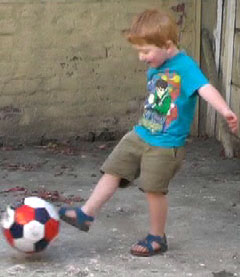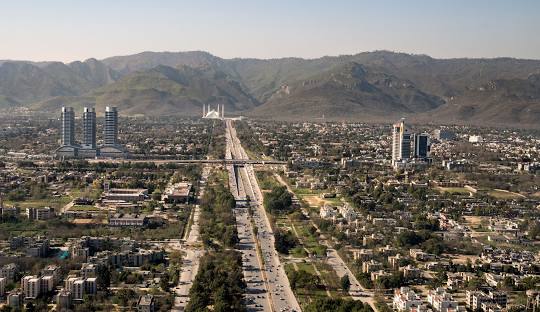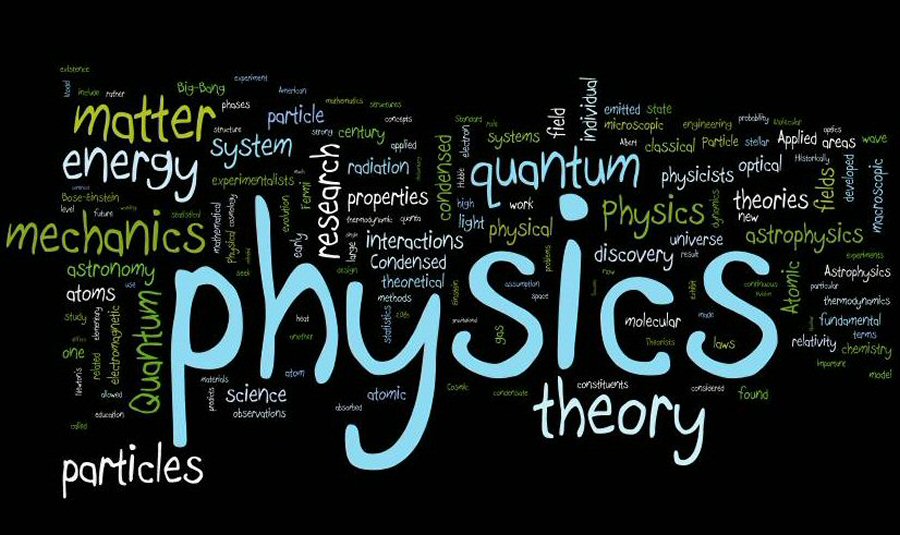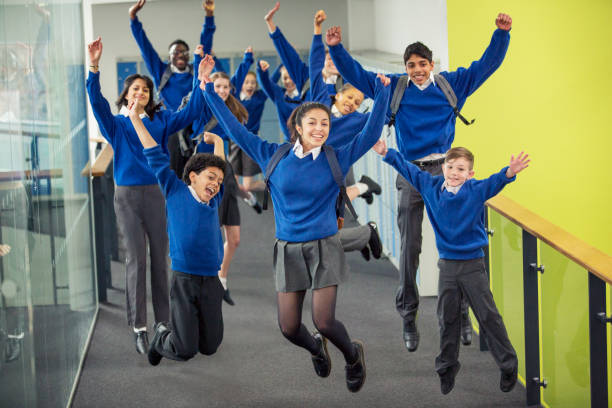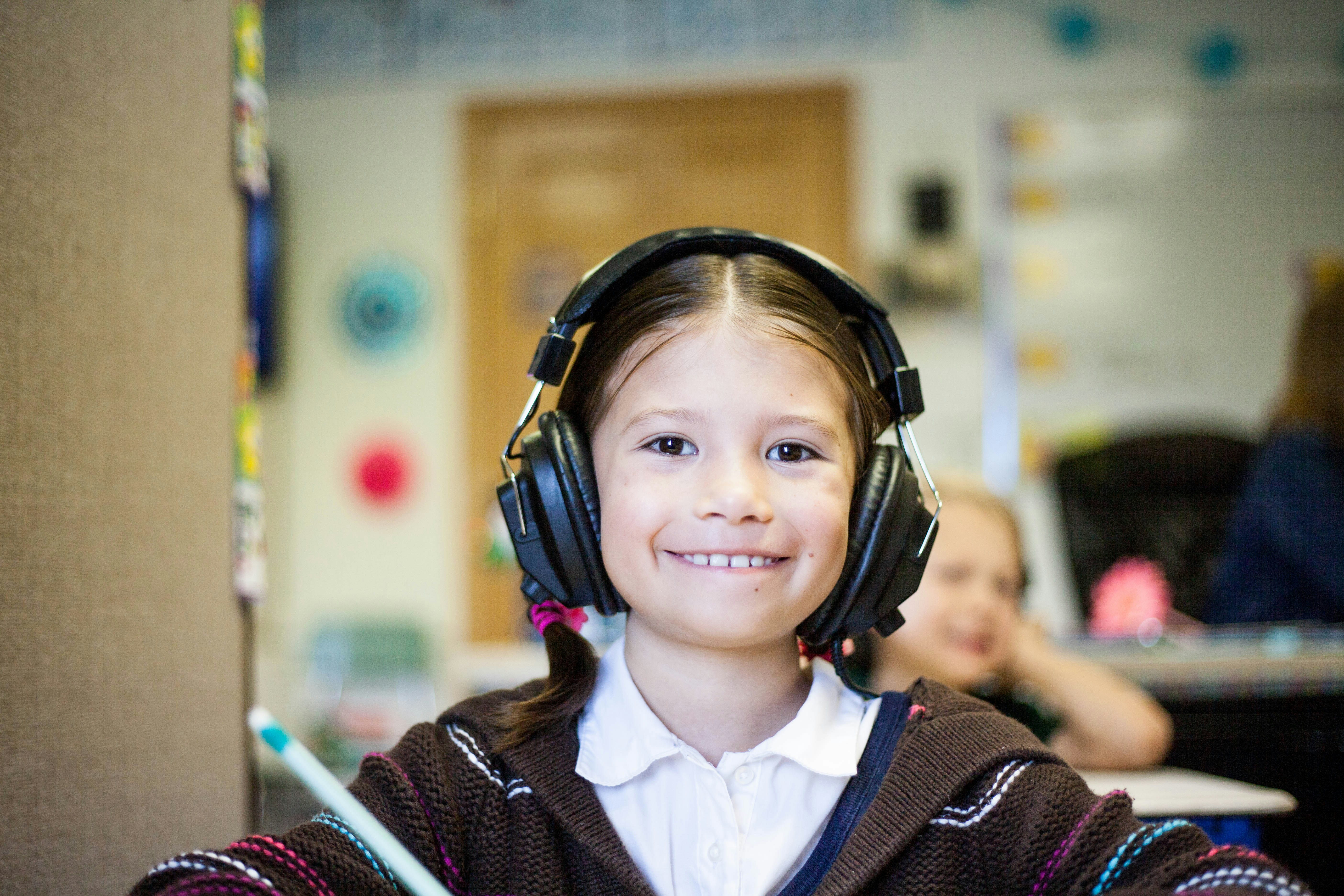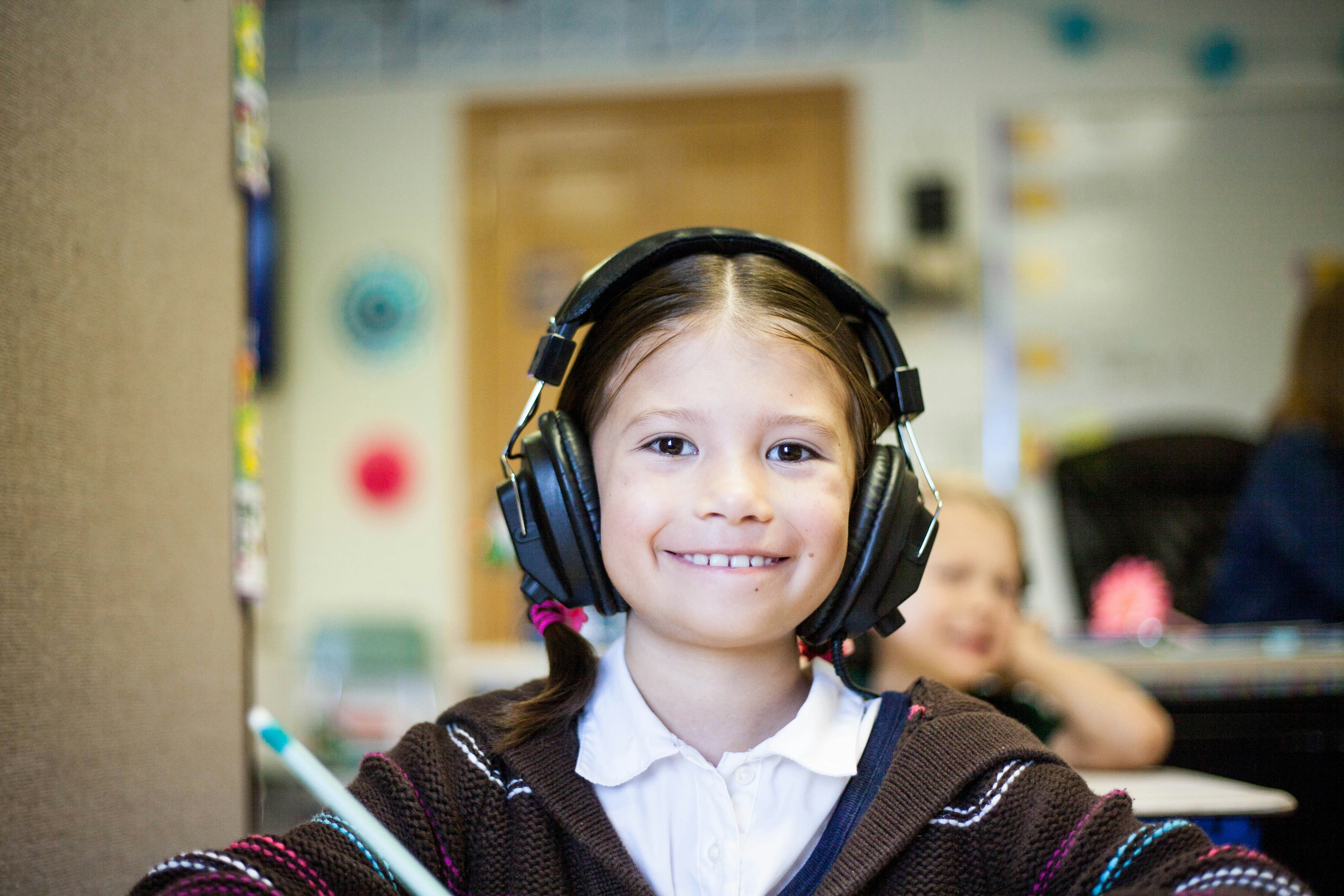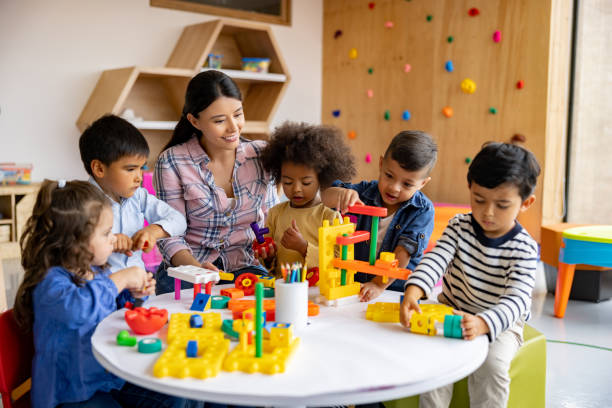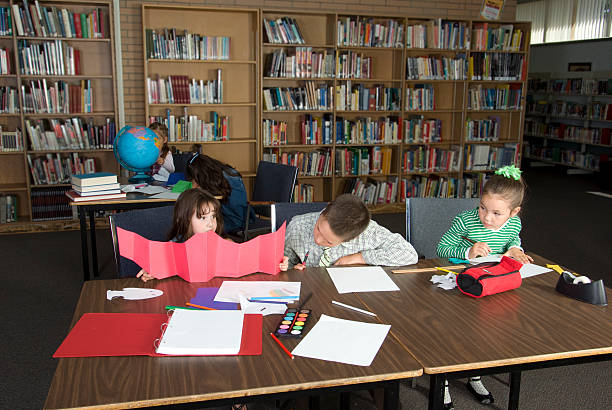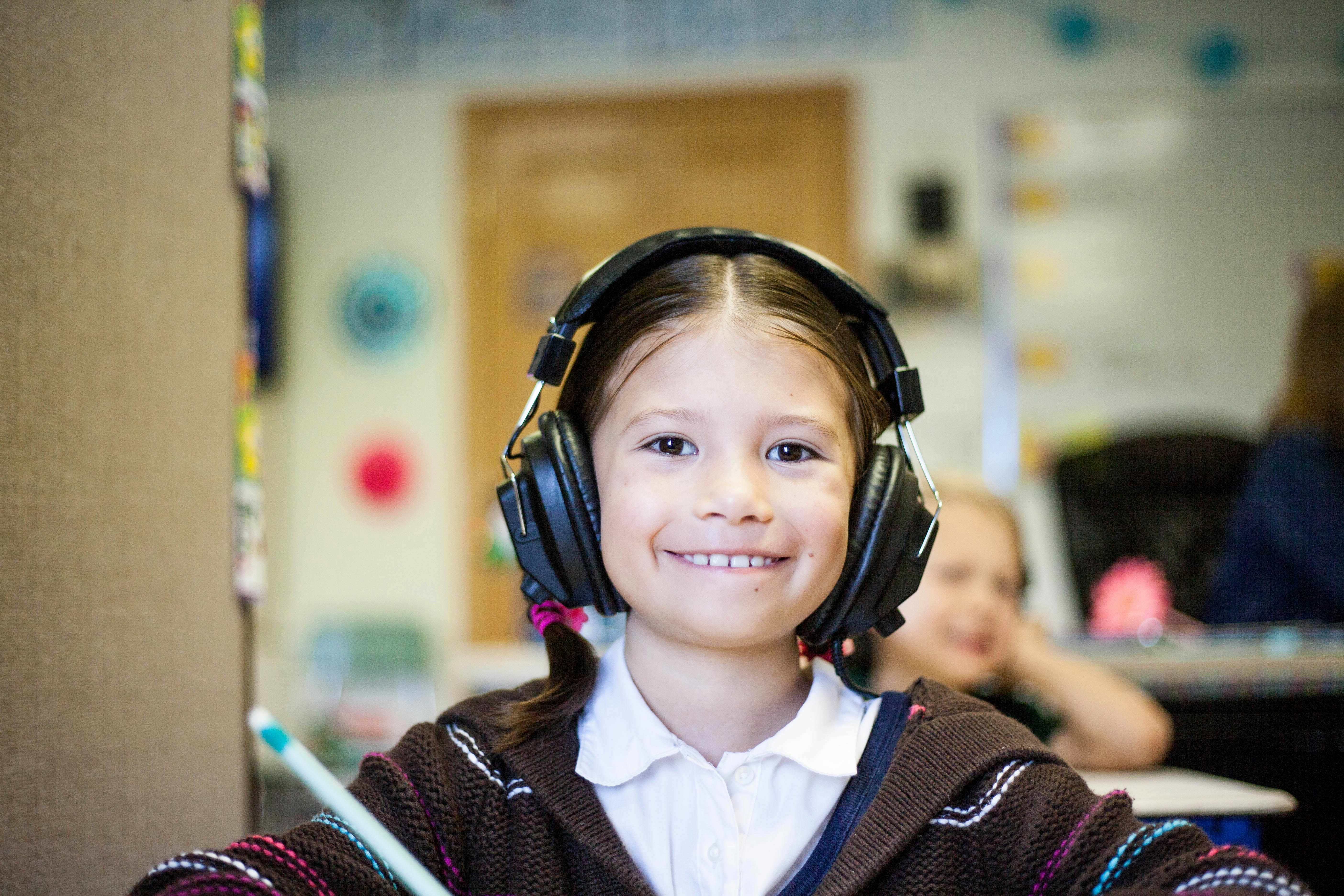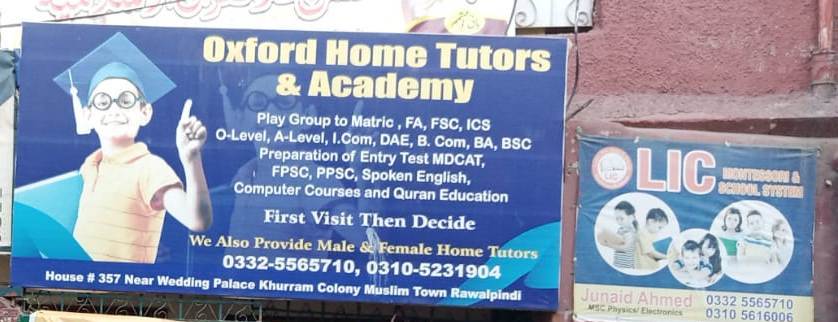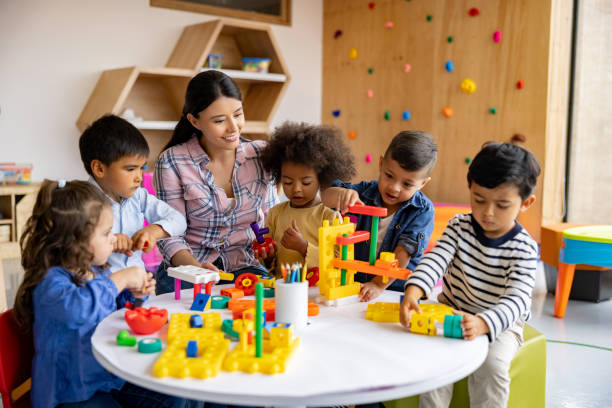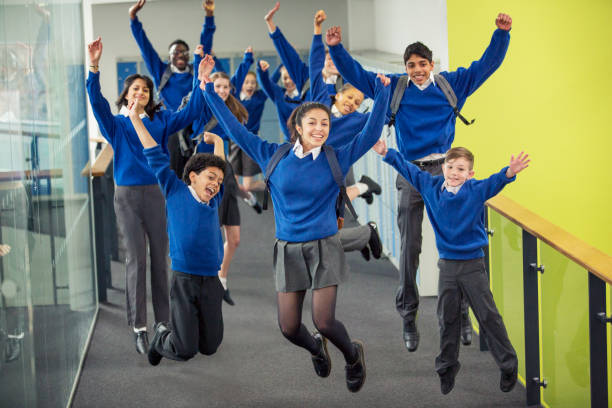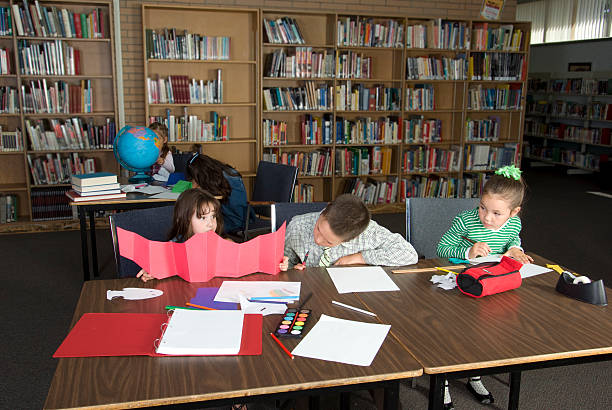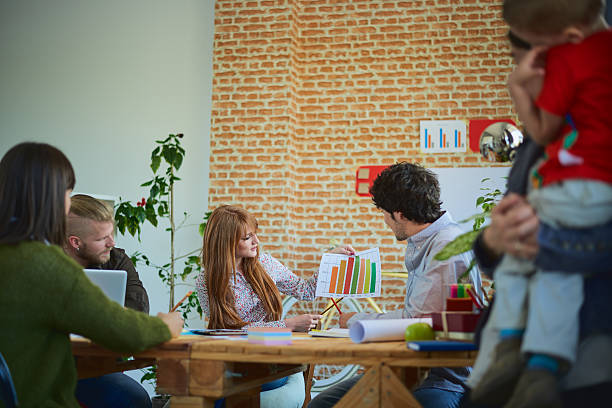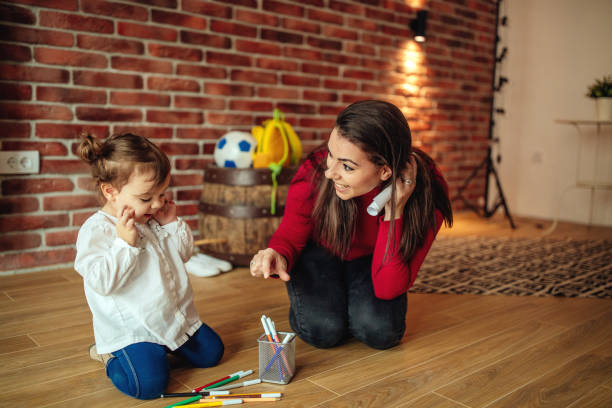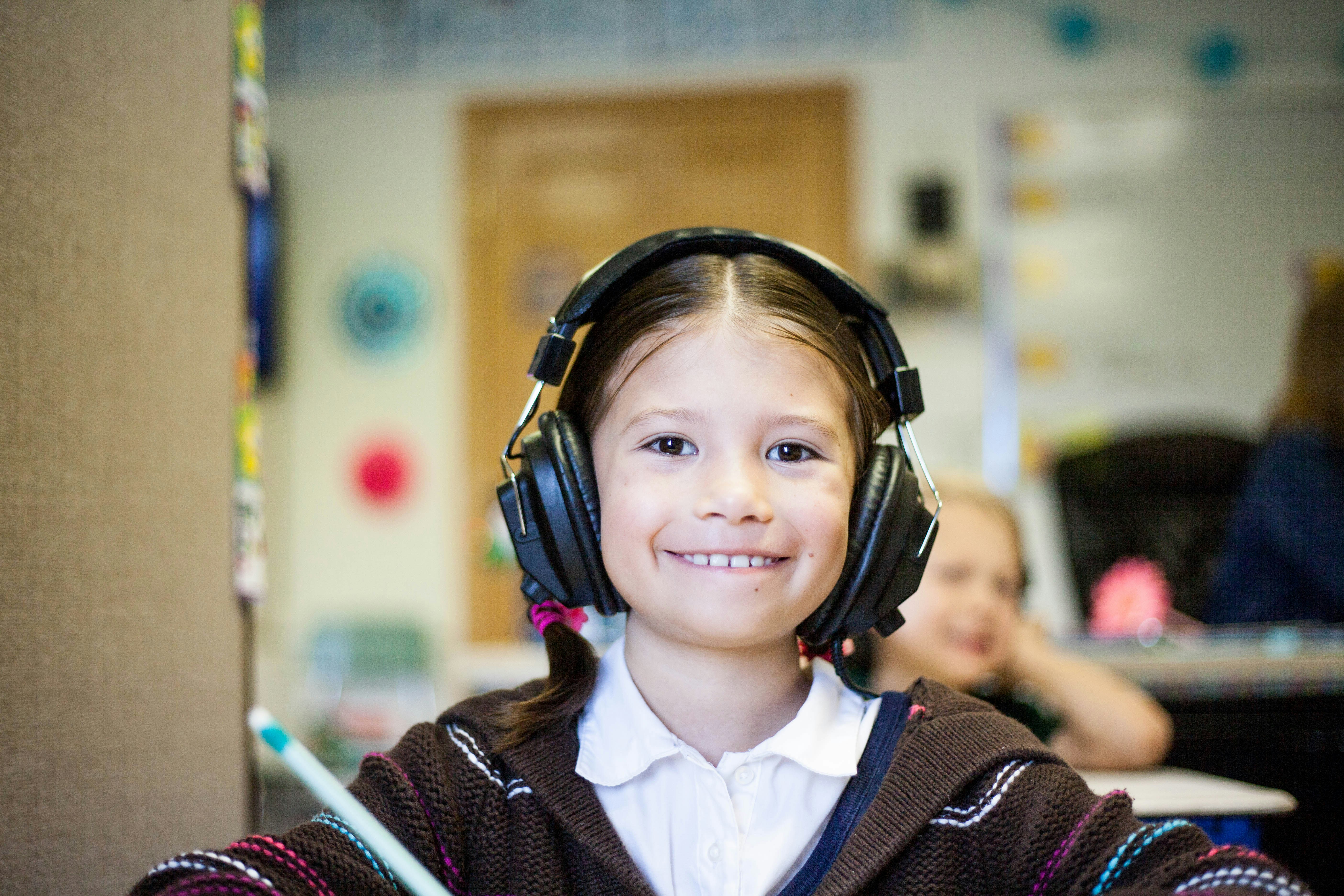Blog Detail Page
Is Your Child Hyperactive or Are his core Muscles weak
admin
Home Tutors

Welcome to
OXFORD TUTORS
Exercises for Building Core Stability - From Tummy Time to Crawling
Core stability refers to the strength in your tummy and back and the amount of control and balance between the two sets of muscles. Core stability is built up from when we are born and developed through the first few years of life as children move around and explore their environment. To begin with it allows babies to roll, sit and then crawl and as they get older it allows for standing, walking and climbing so is a crucial area to work on.
Developmental delay can occur for so many reasons but one of the common reasons is that our babies have weak core strength and stability. Working on this area can be the key in helping your child meet their milestones. Even if their core isn’t the principle reason for any delay, strengthening the core has a knock on effect on the rest of the body so is a great place to start.
Core Stability Exercises
Go down the list and find the first level that they would struggle with. This is your starting point. Work on that skill until they can manage it. If they can’t manage a certain exercise, move them back a section or move onto the next section. You can be practising several exercises/ activities at the same time to be more effective.
1. Tummy Time
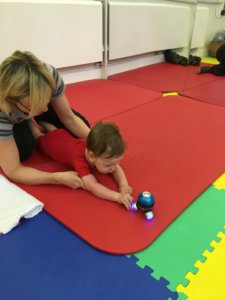
Tummy Time is a brilliant position for strengthening your child’s neck and back. It should become a vey regular part of your baby’s routine – aiming for about an hour per day (in total) if you can fit this in. They may not enjoy this to start with but build up the time slowly. They will enjoy this more and more as they get stronger and it is a crucial step for building core stability, shoulder stability and moving towards crawling.
If they don’t tolerate tummy time on the floor, start with them lying on your chest on their tummy and with you lying back so they are doing tummy time on an incline. Encourage them to look up to see your face. Whenever they look up, they are working their neck and their back.
If they tolerate this well, move them onto a sofa on their tummy. Sit on the floor in front of them so that they are at your head height and sing or talk to them to encourage them to look up.
Move them onto the floor on a soft mat. Get down on the floor with them so they feel more confident and can still see your face.
When they are lifting their head quite well, try bringing their arms under them so they are leaning on their elbows. They should have their shoulders over their elbows.
Use a rolled up towel or wedge under their chest to help them to push up on their elbows or hands. Read them a book or they can watch TV here so they are motivated to keep looking up and pushing through their hands or elbows.
Next try to encourage them to push up higher on their elbows or hands. Use a bigger roll under their chest to help them if they need it. Put toys higher so they have to push up to see them.
Once they can prop well on elbows or hands, encourage them to reach forward with 1 hand to play.
Once they can do this and happily weight bear on the other arm, bring toys out to the side slightly out of reach to encourage them to pivot around on their tummy to get the toy.
However, core muscle weakness is only one part of the problem
The trouble with the core muscle strength explanation for poor posture is that it does not take into account:
- the many factors that influence trunk and neck posture and stability;
- the complex coordination of many different muscles needed to achieve the neck and trunk stability that the child lacks.
Staying erect, and keeping the head and trunk steady when moving the arms and the legs, or changing the position of the body is regulated by a set of postural response mechanisms: including
- Anticipatory postural responses: that activate the trunk and neck muscles in preparation for a change in the position of the body.
- Balance responses: that change the alignment of the different segments of the body to maintain balance
- Postural stabilization mechanisms: that maintain the erect trunk posture over long periods of time
Try the following exercise
Stand erect holding a 2 liter bottle of water in your hands.
Now lift the bottle to shoulder height, keeping the arms straight. Lift and lower the bottle several times and pay careful attention to what is happening in your body.
- Does your trunk and head stay steady? You may notice that your head tilts forwards slightly.
- Pay attention to the muscles in the front of your neck? Feel them contracting as they work to keep the head stable.
- Feel what is happening in your feet. As you lift the bottle you will notice a subtle backwards weight shift onto your heels.
Next, keeping your arms at shoulder height, turn the bottle upside down and then the right way up again 10 times. .
- You may notice how your abdominal and upper back muscles increase their activity to keep the trunk stable.
What are the core muscles?
In most instances the term "core" muscles refers to the trunk muscles that work to hold the trunk erect and steady when the limbs are moved. The core muscles include the deep spinal extensor muscles as well as the transverse and diagonal abdominal muscles.The neck muscles also play an important role in maintaining a steady and stable head posture.
These muscles need to work together in a coordinated manner to keep the head and trunk steady when moving the arms and the legs, with different actions requiring different patterns of coordination.
The many small neck muscles work together to keep the head erect and stable.

The many deep back muscles that work together to extend the spine.

Three layers of abdominal muscles work together in a coordinated manner to stabilize the lower back and pelvis
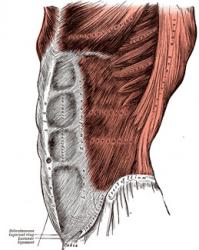

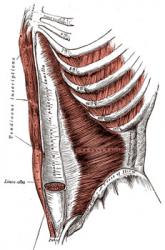
Core muscle action and flexibility
Normal flexibility is essential for effective core muscle action. For example, if the hip muscle flexibility is limited, the child will sit with the pelvis tilted back and the back flexed. In this position the back extensor muscles are overstretched and cannot work effectively to stabilize the trunk.
Additionally, to compensate for the flexion of the spine, the neck is extended, which leads to overstretching and weakness of the neck flexor muscles. The neck extensor muscles may be tight.
Read more: Does my child have tight muscles?
Core muscles, posture and stability in standing
When standing erect with good alignment the pelvis is more or less vertical, there is a slight hollowing of the lumbar spine, the thoracic spine is curved very slightly in the opposite direction and the head is balanced on the torso.
The hips are fully extended, with the knees slightly flexed and the feet facing forwards or slightly turned out.
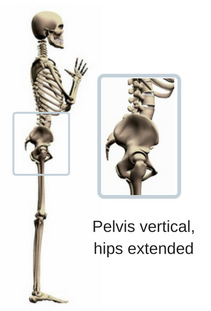
The core muscles work to align the pelvis vertically, keep the spine erect and balance the head on the torso.

What happens when the arms are moved?
When the arms are lifted forwards there is a very rapid recruitment of the neck and trunk muscles to keep the head and trunk steady:
- The neck flexor muscles are activated to hold the head steady as the arms are lifted (controlled by the anticipatory postural response mechanisms).
- The thoracic spine extensor muscles are activated the support the weight of the arms as they are lifted.
- The abdominal stabilizer muscles are activated to stop the trunk from tipping backwards.
The postural response mechanisms are responsible for coordinating the actions of the core muscles: just enough contraction, at precisely the right time and in the right sequence.
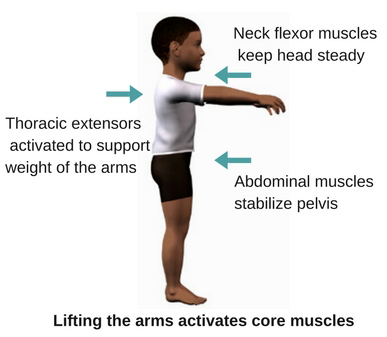
If a child's postural response mechanisms are slow or ineffective, the core stabilizer muscles are not activated to keep the head and trunk steady. The head and trunk may tip back slightly when both arms are lifted, or sideways if one arm is lifted.
Try the following
Instruct your child to stand with the arms lifted to shoulder height and parallel with the floor, and to stay in this position for 20 slow counts.

Is she/he able to keep the trunk upright and hold the position easily for 20 slow counts? Or does the trunk start to drift backwards, the arms drift up or down?
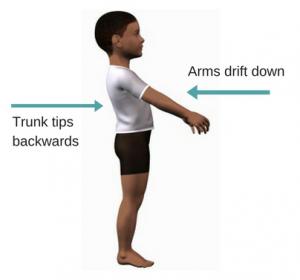
If your child has difficulties holding the position steady, the underlying problem probably related to slow and ineffective postural responses along with core muscle weakness.
My child stands with the knees hyperextended and a hollow back
As mentioned earlier, when standing erect with good posture, the trunk is balanced on the pelvis and the pelvis is balanced on the legs.
In order to achieve this alignment the knees needs need to be very slightly flexed, and the hips need to by fully extended so that the pelvis can assume a vertical position.

Children with joint hypermobility will often stand with the knees hyperextended and the pelvis tilted forwards. To compensate for the pelvis being tilted forwards, the lower back is hollow.
The anterior tilt of the pelvis is usually associated with some limitation of hip extension.
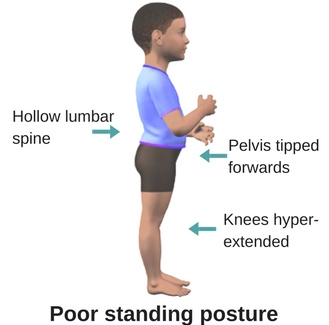
Good trunk stability and everyday function
Good head and trunk stability in standing is needed for many everyday activities, including ball skills, running, jumping, and walking on rough ground or up steps and stairs, which all require require good core muscle strength, as well as effective postural response mechanisms.
Core muscle strength and stability when kicking a ball
This sequence clearly shows how the trunk muscles need to work hard to keep the trunk erect as the child rapidly moves through different positions when kicking a ball.

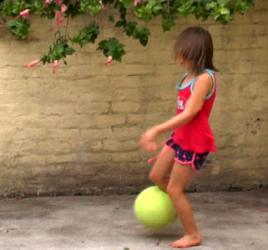

Posture and stability in sitting
Sitting erect requires good flexibility in the hip, spine and neck muscles to allow the spine to be held erect with the head balanced on the spine.
The spine extensor muscles, especially in the upper back work to keep the spine erect.
 +
+
As soon as the arms are lifted the muscles of the neck and trunk are activated the keep the trunk and head steady. Good postural response mechanism ensure that the right muscles are activated at the right time, in the right sequence and with just the right amount of force.

The postural response mechanisms that activate the neck and trunk muscles to hold the head and trunk steady, develop over time in young children, becoming effective at 4-5 years of age.
Younger children tend to move the trunk and arms as a single unit - when the arm is lifted sideways, the trunk tips sideways. If the child reaches forwards and across the body, the trunk twists forwards at the same time.


An exercise program improve trunk muscle strength and stability
1 The best way to improve core muscle strength, stability and postural control is to select exercises that strengthen the core muscles, and at the same time train more effective postural responses, as well as increase stamina and postural awareness.
2 Your exercise program should also include stretching exercises for tight muscles, especially the neck extensor and hip muscles.
3 Good posture is a habit: attention to posture when working at a table needs to be reinforced throughout the day until it becomes the new habit.
4 Lastly, an exercise program to improve core strength and stability needs to include activities in standing, sitting and lying to cover all the different ways that the core muscles need to work in everyday function.
Exercises to include in your child's trunk muscle strength and stability training
Stretching exercises to improve neck, lower back and hip muscles flexibility
Poor flexibility due to tight muscles affects a child's posture, with overstretching of some muscles which become weak, and tightness in other muscles which tend to be overactive.
Stretching exercises need to carefully target tight muscles and not stretch already lax joint structures.


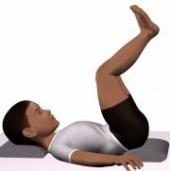
Sitting exercises to improve neck and thoracic muscle strength and postural responses.
Sitting exercises which involve moving the arms slowly against resistance should be included, along with rapid repeated movements of the arms to activate and strengthen weak neck and trunk core muscles.
A core strength and stability exercise program should also include activities and ideas to that encourage the child maintaing an erect posture working at a table over extended periods of time.

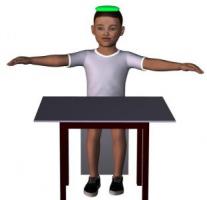
Exercises in lying to improve abdominal muscle strength for stabilizing the pelvis and lumbar spine
There are many fun exercises which strengthen the abdominal muscles and improve the child's ability to hold the pelvis steady while moving the legs. These exercises are also good for stretching tight lumbar muscles.


Standing exercises to improve the child's ability to hold the trunk steady when moving the arms and legs


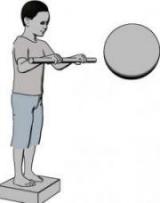
Related Blogs
Categories
-
Home Tutors
279
Recent Blgs

online tutoring Australia

home tuition in lahore

home tutors in Lahore
Tag Cloud
x2
tutor
tutoring
tuition
maths tutor
physics tutor
chemisry tutor
home tuition
tuition teacher
home tutoring
tutoring service
home tuition service
home tutors
online tutor
online tutors
kindergarten tutor
home tutor near me
home tutor near my location
home tutor near my home
home tutor wanted
home tutor required
female home tutors near me
female home tutor wanted



